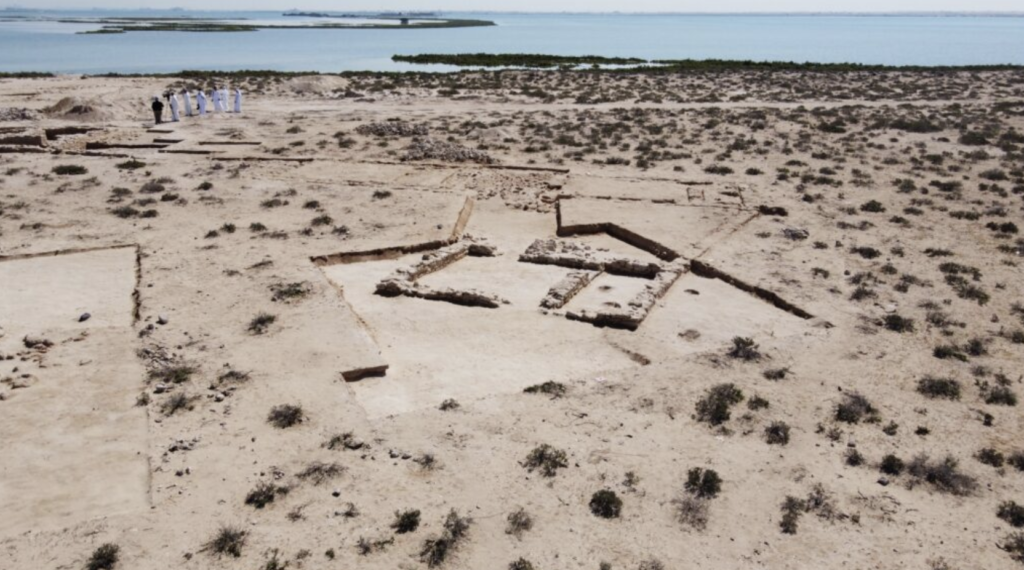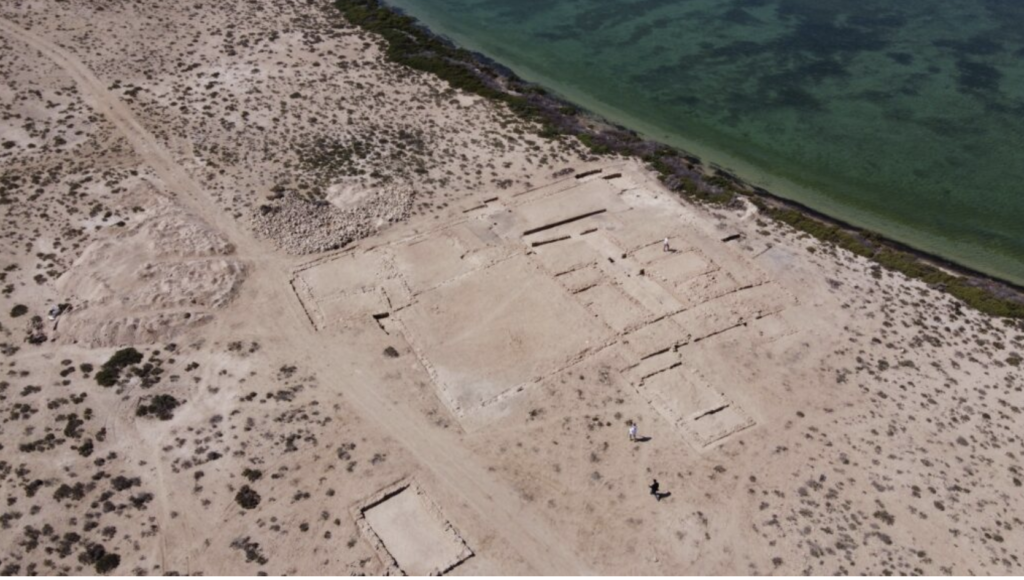UAE Archeologists May have Found the Lost City of Tu'am

By Liam Nagle / Arab America Contributing Writer
Archeologists in the United Arab Emirates have stated that they may have discovered the long-lost city of Tu’am on the island of Al Siniyah. Mentioned in several old Arab texts, the city served as a capital for the region surrounding the Gulf, particularly known for its pearl fishing industry. The settlement on Al Siniyah, encompassing around 12 hectares, is considered the largest settlement found on the Gulf coast of the UAE – and was also found to specialize in the pearl fishing industry. All of this has invited speculation that the settlement was the lost city. The archeologists have now joined in the speculations themselves, stating that this newly-uncovered settlement and Tu’am may be the same.
The history of Tu’am is somewhat vague. Although documented in numerous historical sources, its exact location was never revealed. The city was named after Saint Thomas, a Christian missionary that helped to expand the religion eastwards. Tu’am dates to around the 4th century A.D., before reaching its peak in the 6th century A.D. During this time, it was believed to be a Christian settlement that existed before the spread of Islam. It was particularly known for its pearl fishing industry, which would likely be used for fashion and trading with other far-away settlements. However, the city wouldn’t remain for very long – its decline was attributed to the outbreak of the Plague of Justinian, which wracked the Mediterranean before reaching Arabia in the 540s. This plague was believed to be the same bacterium that would later be responsible for the Black Death – Yersinia pestis – and would spread throughout much of Europe, killing as many as 1/5 of Constantinople’s population alone. When the plague reached Tu’am, it likely forced the city’s abandonment, causing it to fade into obscurity for the remainder of the 6th century.
In 2022, UAE archeologists found the remains of a Christian monastery on the island of Al Siniyah, northeast of Dubai. The archeologists believe the monastery to have been built between the years of 534 and 656, where it was used by Nestorian monks. Archeologists continued digging around the site, believing that the surrounding buildings were a simple community for the monastery, but they soon started revealing a larger settlement. They soon uncovered 12 hectares of buildings, each house approximately 30 square meters large. Professor Tim Power of UAE University stated that this was “… the largest settlement by far ever found on the Gulf coast of the Emirates. And it’s exactly the right period for the city described in early Islamic geographical sources.”
The site contained a large variety of trade goods. Discarded oyster shells were found at the site, giving evidence that pearl fishing and manufacturing was prevalent. Jars written in ancient Aramaic were also present – indicating just how far the settlement’s reach was. As the settlement grew, economic stratification seems to have occurred as well. Neighborhoods towards the center of the settlement became denser, while larger buildings were constructed towards the fringes in the north – indicating that the rich moved to the less-dense areas.
The settlement’s final years also indicates its potential relationship with Tu’am. In addition to the buildings at the site, there was also a series of mass graves. The absence of skeletal damage leads researchers to theorize that their deaths were caused by a plague. Given that Tu’am itself fell victim to the Justinian plague, and the fact that this settlement seems to have been built at around the same time, it remains a possibility that this settlement is Tu’am.
The UAE authorities hope to open up the site to tourists in the future, although further work needs to be done. Results from DNA testing are still being analyzed, and is being conducted to preserve the buildings. Nevertheless, the settlement is a significant find for those interested in pre-Islamic societies, even if it isn’t Tu’am. The Christian monastery, discarded oysters, Aramaic jars, and economic stratification all reveal vital insight into the society of the settlement before its demise. This discovery not only enriches our understanding of the region’s history, but also underscores the importance of continued archaeological exploration.

Check out our Blog here!









